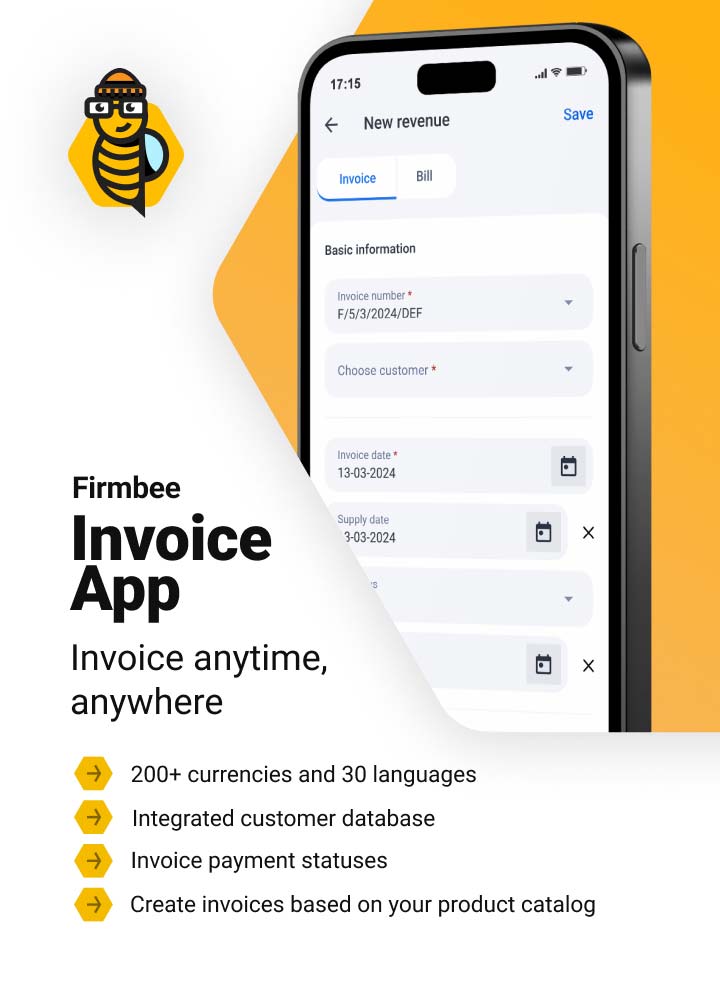Efficient product strategy – table of contents:
Introduction
A product strategy is an inseparable element of any profitable business venture. This is what guides the product team’s efforts, as well as helps them make decisions and achieve business goals. Without it, even the most innovative product won’t be successful. But how exactly should you define a product strategy? The answer lies in three simple steps:
- Understand customers’ needs
- Define a product vision
- Formulate product goals
But what does a “product strategy” really mean? And how to follow each of these steps?
What is a product strategy?
A product strategy is a comprehensive plan that describes what a company wants to achieve with its product and how it is going to do it. The key elements of a product strategy are:
- Product vision
- Product mission
- Product goals
- Product initiatives
A product vision is a long-term strategy for developing a product that answers why it was created. A product mission is a short and clear statement that defines the value and audience of the product, that is what and whose needs it meets. Product goals, on the other hand, are high-level strategic objectives that influence how the product is developed. To put it another way, this is what the team prioritizes at a given moment on the product roadmap. Product initiatives, in turn, are complex goals that the team needs to break down into specific actions.

Why is a product strategy so important?
A product strategy is essential because it provides clarity to the product team and often even to the entire company. It helps prioritize the product roadmap and improves the team’s tactical decisions. It helps all team members understand how their work contributes to the company’s broader strategic goals. Without a well-defined product strategy, the team may waste time and resources on the wrong initiatives.
How to create a product strategy?
When creating a product strategy, it all starts with understanding who your customers are, that is, who you are creating the product for. Then, you need to define what you want to achieve with your product and what steps you need to take to achieve it.
Researching customers’ needs
First, identify your ideal customer. Do market research to understand:
- who the users are,
- their needs, and
- how your digital product can help them.
The more accurately you define the user profile, the better chance your product will have to succeed in the market. You can do this by interpreting data from analytics tools, doing online surveys, or conducting interviews with users.
Defining a product vision
Your product vision ought to be inspiring and clearly show what you want to achieve and why. Simply put, a digital product vision is a set of goals and expectations as to how the product should solve users’ problems and create value for them and the organization. The product vision should be clear and consistent.
When it’s created for a digital product, it can address such issues as how to make it easier for users to perform a specific task, how to create an innovative solution to a specific problem, or how to provide users with a unique experience.
Formulating product goals and initiatives
Product goals should be specified clearly. To do so, you can use the SMART or OKR method. And the initiatives implemented as part of the goals should be consistent with them and help achieve them in a well-defined way. Digital product goals may include, for example:
- increasing the number of active users,
- improving engagement rates, or
- boosting conversions.
Digital product initiatives may involve introducing new features, improving UX/UI, or optimizing backend processes.
Business models for an effective business strategy
When defining your product strategy, it is important to consider its compatibility with the chosen business model. Here are three common models chosen by entrepreneurs for digital products:
- Product-led growth – this model focuses on using the product as the primary marketing and sales tool. An example can be a Software-as-a-Service (SaaS) company that offers a free version of its product to attract users and then persuades them to upgrade to paid plans.
- Product segmentation – this strategy involves creating different versions of the product to meet the unique needs of various customer groups. A good example can be a company building project management software that offers different versions of its product for small businesses, corporations, and freelancers.
- Product differentiation – this model concentrates on releasing a product that allows users to perform only one task but solves their real problem. An example could be a document-scanning app for smartphones.
Summary
A product’s success relies heavily on an efficient product strategy. It helps the product team focus on the right initiatives, make better decisions and achieve business goals. Remember, creating a product strategy is a process that requires understanding your customers, defining product goals, and creating product initiatives. Leveraging effective business models, such as product-led growth, product segmentation, and product differentiation, can also contribute to its effectiveness.
If you like our content, join our busy bees community on Facebook, Twitter, LinkedIn, Instagram, YouTube, Pinterest, TikTok.
Author: Andy Nichols
A problem solver with 5 different degrees and endless reserves of motivation. This makes him a perfect Business Owner & Manager. When searching for employees and partners, openness and curiosity of the world are qualities he values the most.
Product management:
- Intro to product management
- What is the role of a product manager?
- Why is product lifecycle management important?
- How to build an efficient product strategy?
- OKRs vs SMART goals. Which framework drives better results?
- How to define a value proposition?
- Identifying customer needs and market segmentation
- Crafting a winning product concept. Techniques and steps
- Gaining an edge with an effective product roadmap
- Prototyping your digital product
- How to build an MVP?
- MVP vs MMP vs MMF. Key milestones in product development
- Mastering hypothesis testing
- Proven methods for improving product quality management
- Strategies and tactics for a successful product launch
- Driving profitability through product optimization
- Measuring product success
- How to price a product? The most popular pricing strategies
- The future of product design. Top trends and predictions
- When to retire a product? Key factors influencing EOL decisions
- Agile in product management
- Scrum and Kanban in product management.
- What is lean product management?
- Jobs to be Done. Creating products that customers truly need
- What is growth hacking?
- What is data-driven product management?
- A/B testing in product management
- Useful product management templates. Where to find them?
- Strategyzer tools in product management
- 5 useful product management tools
- How to create and manage product documentation?
- 6 essential tools for product managers
- How to use AI in product management


















